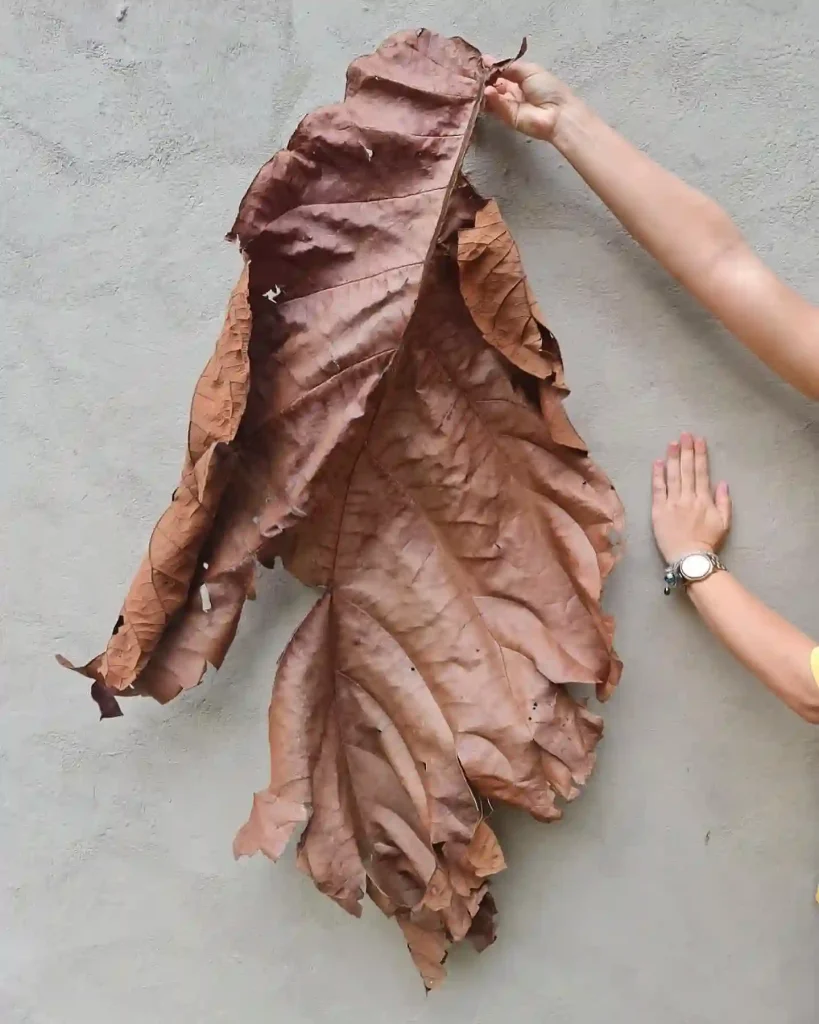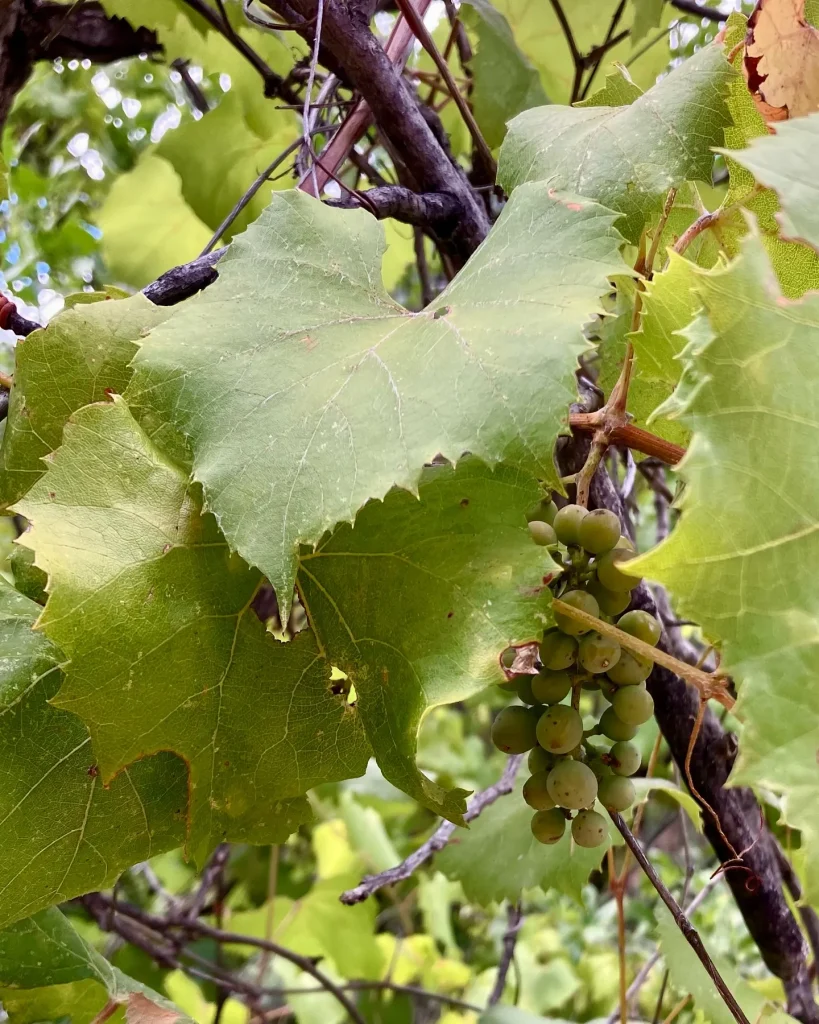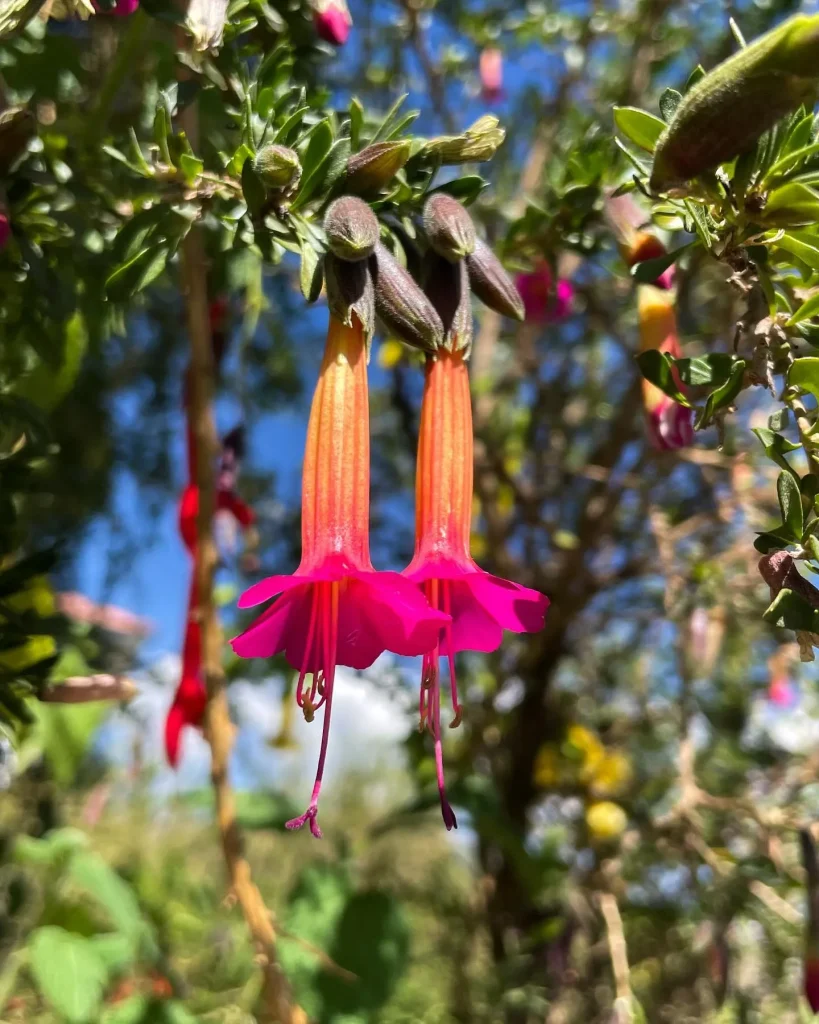FAQs About Agarista Populifolia
Agarista Populifolia, commonly known as Florida Leucothoe, is a plant that has intrigued me with its unique characteristics and adaptability. If you’re considering adding this plant to your garden or landscape, you might have a few questions. I’ve compiled some of the most common FAQs about Agarista Populifolia based on my experience and research.
What is Agarista Populifolia?
Agarista Populifolia is an evergreen shrub that belongs to the Ericaceae family. Native to the southeastern United States, this plant thrives in shady, moist environments. It’s known for its slender, arching branches and elongated leaves, which give it a distinctive, graceful appearance. The plant can grow up to 10 feet tall, making it an excellent choice for creating privacy screens or adding a natural backdrop to a garden.
Plant Family: 121 Genera in Ericaceae
How to Care for Agarista Populifolia?
Caring for Agarista Populifolia is relatively straightforward if you know what it needs. Here’s how I approach its care:
- Light: This plant prefers partial to full shade. It can tolerate some sun, especially in cooler climates, but too much direct sunlight can scorch the leaves.
- Soil: Agarista Populifolia thrives in well-draining, acidic soil. I usually mix in some organic matter to improve the soil’s quality and maintain its acidity.
- Watering: Consistent moisture is key. I water it regularly, especially during dry spells, to keep the soil evenly moist but not waterlogged. Mulching around the base helps retain moisture.
- Fertilizing: I feed the plant with an acidic fertilizer in the spring. This helps promote healthy growth and keeps the foliage vibrant.
- Pruning: Pruning is minimal with this shrub. I usually trim it in late winter or early spring to maintain its shape and remove any dead or damaged branches.
How to Propagate Agarista Populifolia?
Propagation is a great way to expand your collection of Agarista Populifolia. I’ve had success with two methods:
- Cuttings: Take semi-hardwood cuttings in late summer. I dip the cut end in rooting hormone and plant it in a pot filled with a mix of peat and perlite. Keep it in a shaded area with high humidity until roots develop.
- Layering: This method involves bending a low branch to the ground and covering a section of it with soil. I usually secure it with a small rock or a U-shaped pin. Over time, roots will form at the buried section, and you can then sever the new plant from the parent and transplant it.
What to Plant with Agarista Populifolia?
When deciding what to plant with Agarista Populifolia, I consider its growth habit and the environment it prefers. Here are some of my favorite companion plants:
- Ferns: Ferns like the Autumn Fern (Dryopteris erythrosora) or Japanese Painted Fern (Athyrium niponicum) pair well with Agarista Populifolia. They share similar shade and moisture requirements, creating a lush, layered look.
- Azaleas and Rhododendrons: These plants thrive in similar acidic soil and partial shade. Their vibrant blooms contrast beautifully with the evergreen leaves of Agarista Populifolia.
- Hostas: Hostas are excellent ground covers that complement the taller, arching branches of Agarista Populifolia. Their wide, textured leaves add another layer of interest.
How to Use Agarista Populifolia in the Landscape?
Agarista Populifolia is versatile and can be used in various landscape designs. Here’s how I like to incorporate it:
- Privacy Screens: Due to its height and dense foliage, I often use it to create natural privacy screens along property lines or around outdoor living spaces.
- Foundation Planting: It works well as a foundation plant, softening the edges of buildings with its arching branches.
- Woodland Gardens: Agarista Populifolia is perfect for woodland or shade gardens, where it can blend seamlessly with other shade-loving plants.
- Erosion Control: The plant’s root system is effective at stabilizing soil on slopes or in areas prone to erosion.
Is Agarista Populifolia Toxic?
One important thing to note is that Agarista Populifolia is toxic to humans and animals if ingested. The plant contains grayanotoxins, which can cause serious health issues. I always exercise caution when planting it in areas accessible to pets or small children. If you have concerns, it might be best to choose another shrub or ensure it’s planted in a secure location.
How to Address Common Problems?
While Agarista Populifolia is generally low-maintenance, it can face some issues. Here’s what I’ve learned:
- Leaf Spot: This fungal disease can affect the foliage, causing dark spots. To manage it, I remove affected leaves and ensure good air circulation around the plant.
- Root Rot: Overwatering or poorly drained soil can lead to root rot. I always ensure the soil is well-draining and avoid letting the plant sit in waterlogged conditions.
- Insect Pests: While generally pest-resistant, occasional aphids or spider mites might appear. A strong spray of water or insecticidal soap usually takes care of them.
Conclusion
Agarista Populifolia is a plant that adds beauty and functionality to any garden. Whether you’re looking to create privacy, stabilize soil, or enhance a shady area, this shrub is a reliable choice. By understanding its needs and how to care for it, you can enjoy the benefits of Agarista Populifolia in your landscape for years to come.
If i die, water my plants!



